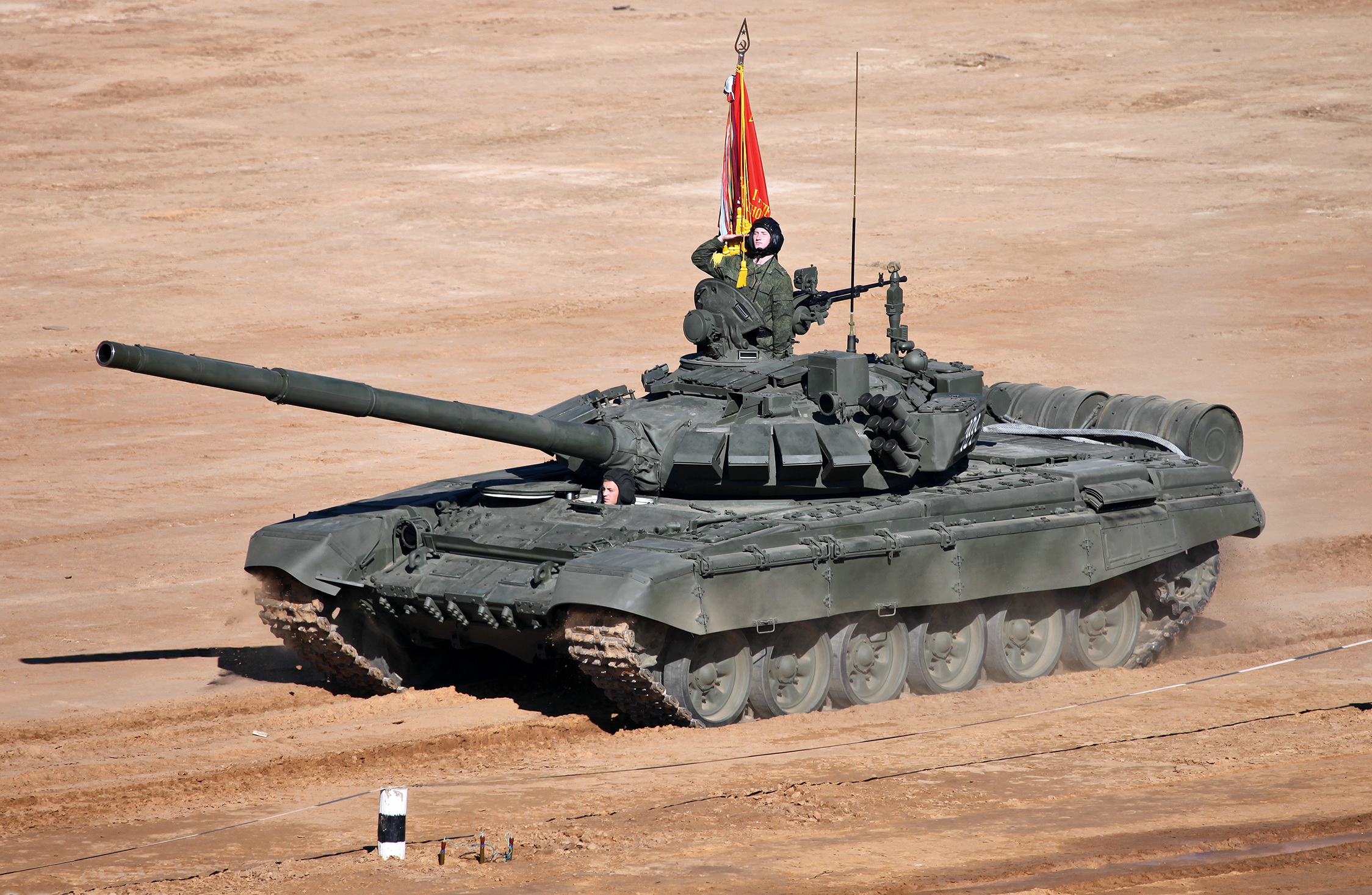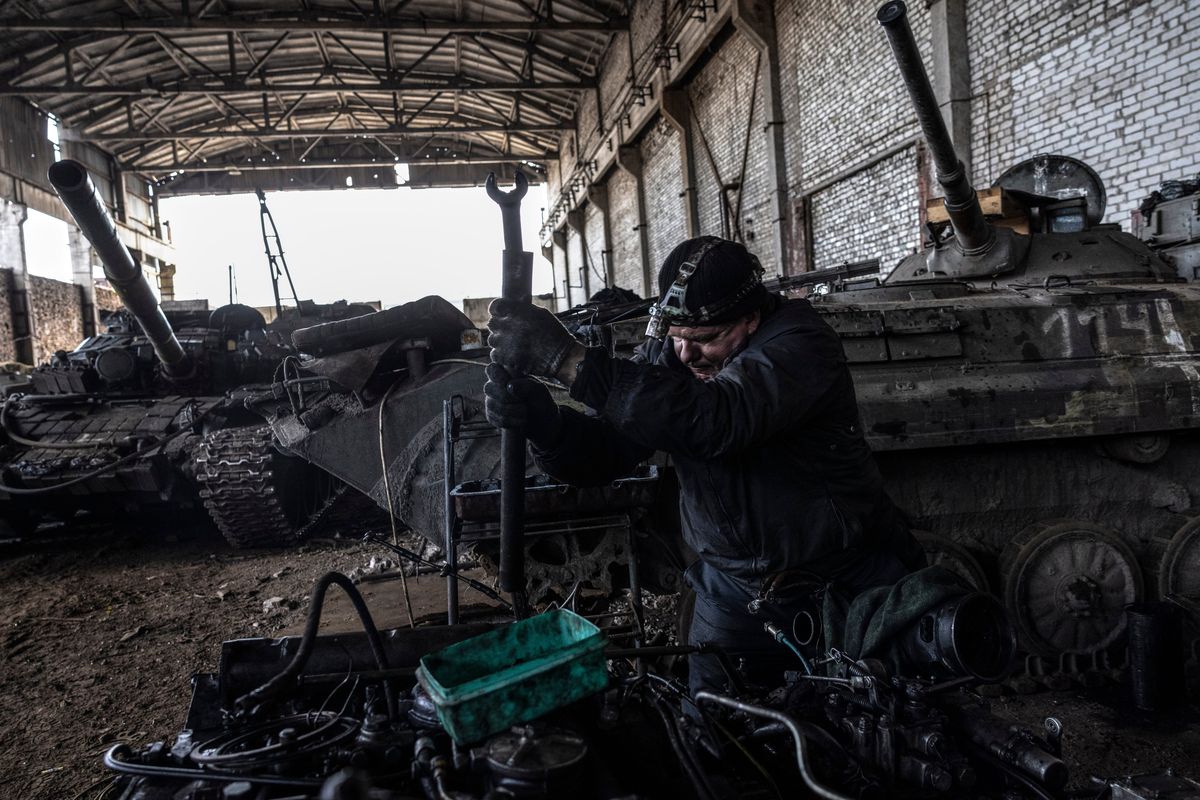Russian Tank Engine - We and our partners use cookies to store and/or access information on a device. We and our partners use data for personalized ads and content, ad and content measurement, audience insights and product development. An example of processed data could be a unique identifier stored in a cookie. Some of our partners may process your data as part of their legitimate business interest without asking for consent. To see the purposes for which they believe they have a legitimate interest, or to observe the data processing, use the vendor list link below. The consent submitted will be used only for the processing of data originating from this website. If you wish to change your settings or withdraw consent at any time, the link to do so can be found in our privacy policy accessible from our home page.
15 August 202229 December 2022 Mario Todorov cold war, diesel, diesel engine, engine, engines, petrol, heavy tank, heavy tanks, IS-2, IS-3, IS2. is-4, is3, is4, isu-152, isu152, main battle tank, mbt, medium tank, medium tanks, military, petrol, russia, russian, soviet, soviet union, soviet, h-10, h-34, h -44, H-54, H-62, H-72, H-90, T10, T34. T44, T54, T62, T72, T90, USSR, W12, W-2, W12, W2, W54, war, world war two, world war two, ww2, wwii
Russian Tank Engine

The V-2 engine is a V12 diesel designed by the Soviet Union in the 1930s, and is most famous for powering the hordes of T-34s in the field during World War II. However, work on this engine continued, being used in the H-54, H-62, H-72 and H-90. Yes, you read that right, most of Russia's current main battle tanks use a modified version of the T-34 engine.
File:t34 Engine Parola 3.jpg
The 38.8 liter beast is not even used in tanks, because it has boats, trains, trucks, engineering vehicles and motor tractors.
Unfortunately, due to the very varied and complex history of this engine, there is little information to show how the V-2 has evolved over the past 90 years.
But fear not, because in this article we look at the history behind this remarkable engine and cover many of the most significant uses and versions of the V-2.
This is probably one to bookmark, as we hope it can serve as a reference for your own research into this important, but rather obscure machine.
Russia's Tanks In Ukraine Are Old, Obsolete And Failing
Development of the V-2 began in 1931 as a potential new engine for future Soviet tanks and aircraft. It was developed at the Kharkiv Locomotive Plant by a team of designers led by Konstantin Cheplan.
The idea of a diesel engine suitable for both tanks and aircraft was favored by specialists in the Directorate of Mechanization and Motorization of the Red Army in the 1930s. Soviet abilities to produce high quality gasoline - especially aviation grade gasoline - were limited at this time, so diesel engines were considered a more reliable alternative in many industries.
The Soviets used diesel engines in their tanks during World War II, while most Allied and German tanks ran on Petrous. Picture taken at TANKFEST 2022.

Cheplan noted the AD-1 aviation engine project created by Yakov Mayer of the Ukrainian Aero-Diesel Research Institute in 1931.
The Evolution Of Modern Russian Tanks
He took some ideas from Mayer's engine, such as the use of steel threaded rods in a crankcase and an aluminum block. The use of aluminum was quite advanced for the era, with most contemporary engines using cast iron blocks.
The V-2 was in direct competition with the AN-1 diesel engine. The AN-1 was created by chief designer Alexei Charomsky, and like the V-2, it was a V12 diesel. It would eventually see use in Soviet heavy bombers, and a version of this engine, the M50-T, powered the IS-7 heavy tank.
This is ACh-30, a later development of the AN-1. Some experimental versions of this engine produced up to 2,000 hp during World War II. Image by Alf van Beem.
Under the recommendation of aviation engine designer Vladimir Klimov, the V-2 engine has the same cylinder width as the Klimov M-100 aviation engine (a licensed copy of the Hispano-Suiza 12Y).
Ukrainian Soldiers Are Refurbishing Abandoned Russian Tanks And Trucks
The V-2 was an impressively modern design for the 1930s, with dual overhead cams and four valves per cylinder. It displaces a huge 38.8 liters (2, 367.7 cu in) and, in its initial variants, has an output of 500 hp and more than 2,000 Nm of torque.
An interesting quirk of the V-2 is that its stroke (how far the piston moves up and down the cylinder) is different for each bank. The left edge has a stroke of 180 mm, while the right edge has a stroke of 186.7 mm.
This is because the engine used master-and-slave piston rods, an arrangement where multiple connecting rods are attached to a single main bearing on the crankshaft. This reduces the amount of space needed to connect all the pistons to the crankshaft, and reduces the length of the crankshaft in engines with a large number of pistons.

Partially dissected V-2 engine, showing features such as large pistons, dual overhead camshafts and steel rods. Image by Balcer CC BY 2.5.
At Last, The U.s. Is Sending Army Tanks To Ukraine
The V-2 went through many trials, with tanks equipped with the engine undergoing tests before a government commission in 1935.
The following year, a P-5 aircraft flew with the BD-2A diesel engine, a forced induction version of the V-2 that produced 600 hp. It underwent successful flight tests, but the engine was never used again in aviation because the role was filled by other engines, such as the AN-1 mentioned earlier.
The chief designer, Cheplan, was awarded an Order of Lenin for his work, but shortly afterwards fell victim to Stalin's purges. Timofey Chupahin became the new chief designer for the car.
Konstantin Chelpan was probably unaware that the machine he helped create would become one of the longest lasting military machines ever. Image by Hornet Driver CC BY-SA 3.0.
Russian Tanks Of World War Ii: Technical Guide [128pp]
Chupahin was part of the team working on the AN-1 engine and used all his available knowledge and experience to make the V-2 more reliable.
In 1938, three engines used in the trials failed due to mechanical issues, but in 1939, the engine passed the government trials with satisfactory results and went into series production at Kharkiv Locomotive Factory №75 plant.
First of all, it is worth noting that all the V-2 family engines used during World War II were diesel only, but not all were V12.

Be careful: the naming and cylinder arrangements of these engines can be a bit confusing due to their "V" shaped cylinder layout and "V-" designations.
Russia's Most Advanced Tank In Service Destroyed After Days: Reports
The first versions of the V-2 were used on the BT-7M light tank, vehicles that were heavily involved in engine testing.
The BT-7M, shown here, was used extensively to test the V-2 engine. Image by Хворостянов А.С. CC BY-SA 4.0.
It was also fitted to the first series of T-34 tanks in 1940, but was soon replaced by the V-2-34. This was used on all versions of the tank until the end of WW2, the last of which was the T-34-85.
Of course, the V-2-34 is used by variants of the T-34, such as the Su-85, Su-100 and Su-122 self-propelled guns.
Old Russian Tank At The Military Memorial Park In Pakozd, Hungary Stock Photo
Another version, the 600 hp V-2K, was fitted to KV-1 and KV-2 heavy tanks in 1939. The same engine was used on the KV-1S of 1942 and the Su-152 self-propelled heavy gun of 1943. Type had a higher fuel injection pressure and ran at a higher rpm, making it more powerful but less reliable.
The 520 hp V-2-IS (V-2-10) was developed for late-war Soviet heavy tanks and vehicles using the same chassis, these include the heavy tanks IS-1 and IS-2, as well as the pregnancy. Self-propelled guns ISU-122, ISU-122s and ISU-152.
The IS-3 heavy tanks are powered by the 520 hp V-11, which was developed into the V-44, used in the T-44 medium tank. The V-44 was mounted on the side of the T-44, and incorporated design elements to reduce the height of the engine, thus reducing the overall profile of the tank.

The IS-3 shocked Western leaders when it was unveiled. However, it was quite lacking. Image by Billyhill CC BY-SA 4.0
Moscow Region, Russia
There were two other Soviet vehicles of WW2 using engines based on the V-2 - the T-50 light tank, which used the V-4, 300 hp inline-six engine, and the heavy artillery tractor "Voroshilovets" which used the 375 HP V-2V.
The story of the V-2 doesn't end with WWII, not by a long shot. This engine would continue to be developed throughout the Cold War, seeing use in almost every notable Soviet tank.
During the Cold War, all versions of the V-2, both serial and experimental, were produced at the Chelyabinsk Tractor Plant. However, licensed copies of V-2 engines are built in many countries, including China, India, Iraq and Korea.
After World War II, a new version, the V-12, was designed for the IS-4 heavy tank. It was equipped with a supercharger and produced 750 hp. This version was very unreliable and produced in small numbers.
The Modelling News: In Box & Construction Guide Pt. I: Miniart's 35th Scale Soviet Ball Tank “sharotank” Interior
On the basis of the V-12 came the V-12-5 in 1953, a 700 hp engine for the H-10 heavy tank.
The next big step in Soviet tank design came with the T-54. This vehicle was revolutionary for the
Tamiya russian tank, russian tank toy, russian tank, russian tortoise tank size, russian tortoise tank, russian tank helmet, russian tank top, russian tank models, russian t 90 tank, russian t90 rc tank, russian t 55 tank, t 34 russian tank
0 Comments